Types of foxes include: Bengal fox, Afghan fox, South African fox, sand fox, Tibetan fox, gray fox, Lu's fox, steppe fox, red fox, fennec fox, etc.
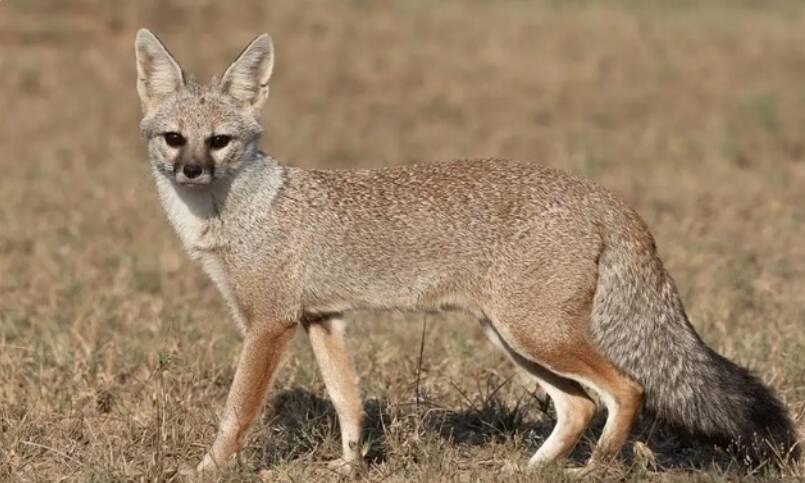
Bengal fox
The Bengal fox is a species of fox endemic to the Indian subcontinent, distributed from the foothills of the Himalayas and Nepal to southern India, and from eastern and western Pakistan to eastern India and southeastern Bangladesh.
The Bengal fox is a relatively small fox with a long snout, long pointed ears, and a tail that is about 50-60% of its body length. The back is gray, the belly is lighter, and the feet are brown or reddish brown. The tail is hairy and the tip is black. The back of the ear is dark brown with black edges. The nose is hairless, the lips are black, and there are some small black spots on the snout. Different groups and seasons also have different fur colors.
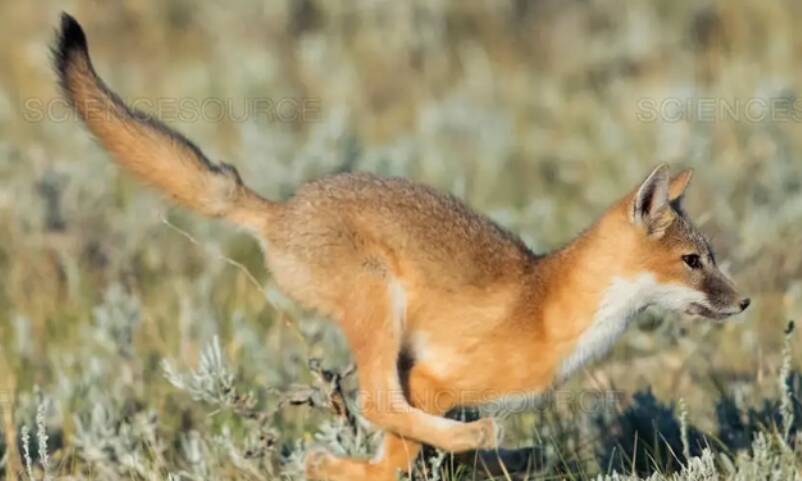
Afghan fox
Afghan foxes have slender noses. They have large ears that can be used to dissipate heat. They have no pads to protect their paws. It has a long and bushy tail.
The Afghan fox has a tail that is almost as long as its body. It is a fox that lives in western Asia, inhabiting semi-arid regions, steppes and mountainous areas. It is omnivorous and prefers to eat fruits such as grapes, melons and alliums. In addition, it also eats insects. The distribution range of this species covers all Middle Eastern countries, including Iran, Pakistan, Afghanistan, Kazakhstan, Israel, Oman, the United Arab Emirates and Saudi Arabia, and is expected to occur in a wider range, including Eritrea, Sudan and Yemen.
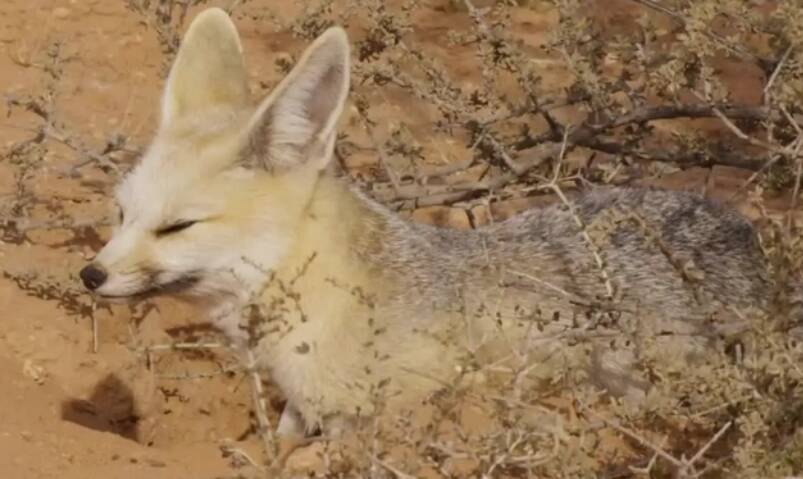
South African fox
South African fox (scientific name: Vulpes chama): light body, agile action. The body hair is yellowish brown, the ears, legs and part of the face are black. The teeth are small. The sides and lower body are light yellow, and the abdomen is white. The tip of the tail is black.
Cape foxes have much smaller teeth than other canids, because they are adapted to feed mainly on insects, 80% of their food is insects, including termites, locusts, etc. In addition, they also eat rodents, birds and eggs, and sometimes fruits. Cape foxes usually live alone and only pair up for reproduction. They give birth from February to May every year, usually 3-6 per litter. They are very vigilant. If someone finds the little foxes in their nest, they will "move" that night to prevent accidents. It is a canid living on the African grasslands.
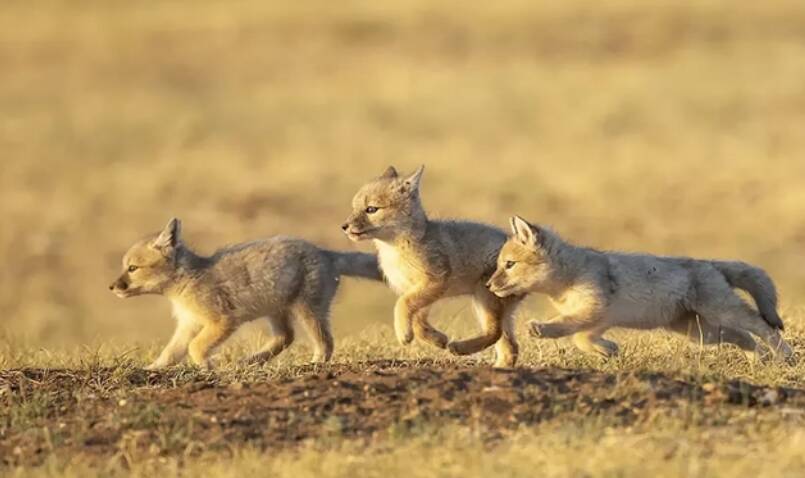
Sand fox
The sand fox (scientific name:) is a long-legged, reddish-gray fox. It has a short face and pointed snout, large and pointed ears, and a broad base. The back is light brown-gray or light reddish-brown, with a silver base. The chin to the chest and abdomen are pale white to yellow. The lower abdomen and the inner side of the limbs are white, the base of the tail is similar to the back, and the end is gray-black. The fur color is close to light red in summer. It mainly inhabits dry grasslands, deserts and semi-desert areas, away from farmland, forests and bushes, and lives next to other burrowing animals. It is carnivorous, with small teeth, and mainly feeds on rodents, followed by birds and insects. It is distributed from the Lower Volga River Basin in the west to most of Central Asia in the east. It has also been found in Turkestan, Afghanistan, Mongolia, the eastern part of Trans-Baikal and the northern part of Northeast China.
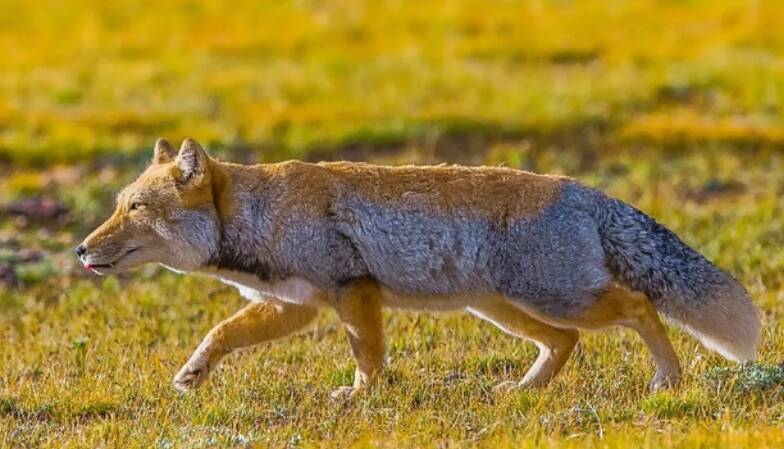
Tibetan fox
The Tibetan fox (scientific name: Vulpes ferrilata) is close to the size of the red fox or slightly smaller, but has short ears, less than half the length of the hind legs, and the fur color behind the ears is similar to the head and back of the body. The tail is short and thick, less than half the length of the body. The winter fur is thick and dense, short and slightly curly. The fur in the middle of the back is brownish yellow, and the fur on the sides is silver-gray. It is distributed in plateau areas and likes to live alone, usually living in marmot caves. It feeds on wild mice, hares, birds and fruits.
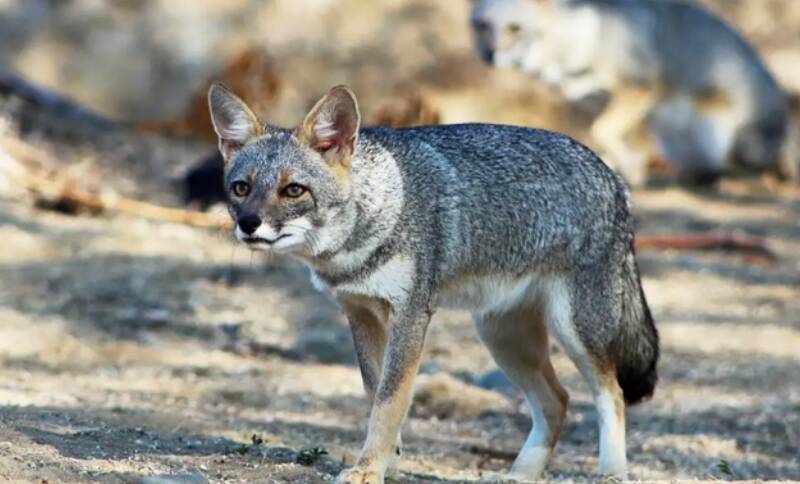
Vulpes
Vulpes (scientific name: Vulpes pallida): short and slender body, relatively short limbs, narrow snout, long ears with slightly rounded tips, long whiskers; dense, reddish-brown tail with black hair at the tip, black spots above the tail indicating the presence of scent glands, gray and light yellow fur on the upper body, and pale yellow and white fur on the lower body. The eyes are surrounded by a dark black circle. In strong light at night, the pupils will appear oval-shaped. Its pale sandy fur blends in with its desert habitat.
It inhabits the semi-arid desert grasslands of Africa, bordering the Sahara Desert in the north and extending to the grasslands of northern Guinea in the south. It is a social animal, usually living in small family groups consisting of a pair of adult males and females and their offspring.
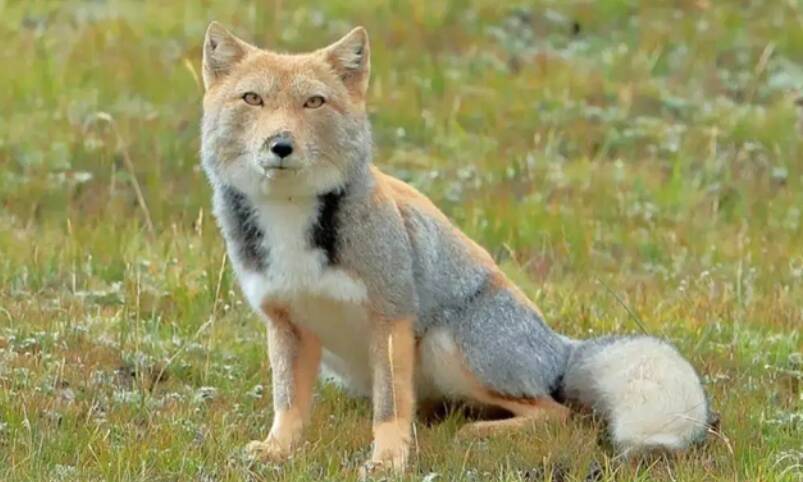
Lüper fox
Lüper fox, also known as Lüper fox or Lüper sand fox, is most closely related to the red fox. Smaller than the red fox, 34-52 cm long, 1.1-2.3 kg in weight; ears larger than the red fox, slightly like the fennec fox; overall lighter in color than the red fox, no black hair on the legs, more adaptable to the habitat; white tip of the tail, the same as the red fox. Widely distributed in the deserts and semi-deserts of North Africa, and throughout the Arabian Peninsula eastward to Pakistan, but avoids the extremely arid areas of the central Sahara, and is more abundant on its edges and near mountains and oases.
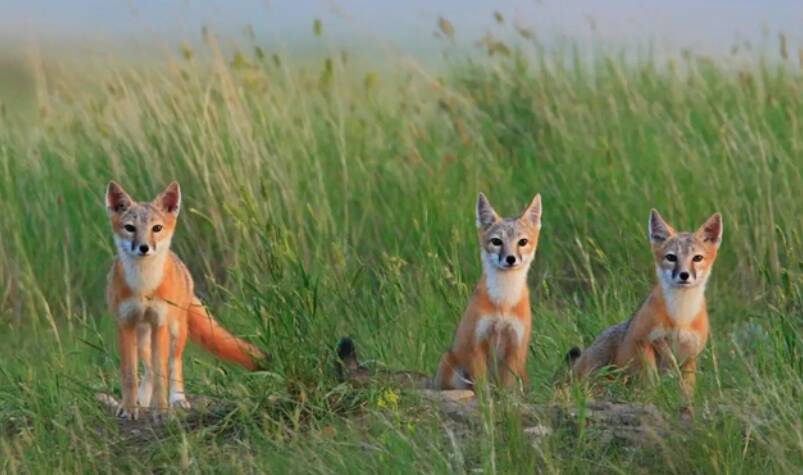
Vulpes velox
Vulpes velox (scientific name: Vulpes velox): is a small fox. The ears are large and pointed. The fur is light gray, the sides of the body and legs are orange-yellow, and the throat, chest, underside and inside of the ears are milky white. The tail is black, thickly furred, with black hair at the tip. There are black spots on both sides of the nose. Male and female foxes are similar in size, but slightly larger. Summer is coming to an endWhen the fur begins to thicken.
They are agile and can run up to 50 kilometers per hour. Hiding in burrows is another way for them to avoid predators. Steppe foxes are mainly active at night and hide in caves during the day. The food they catch varies in different seasons, and the diet includes: small animals, birds, reptiles, amphibians, fish, insects, berries and weeds. They are native to the short grass plains and mixed grasslands of North America. The northernmost distribution is in Alberta, Saskatchewan and Manitoba in Canada, and the southernmost distribution is in New Mexico and Texas in the United States.
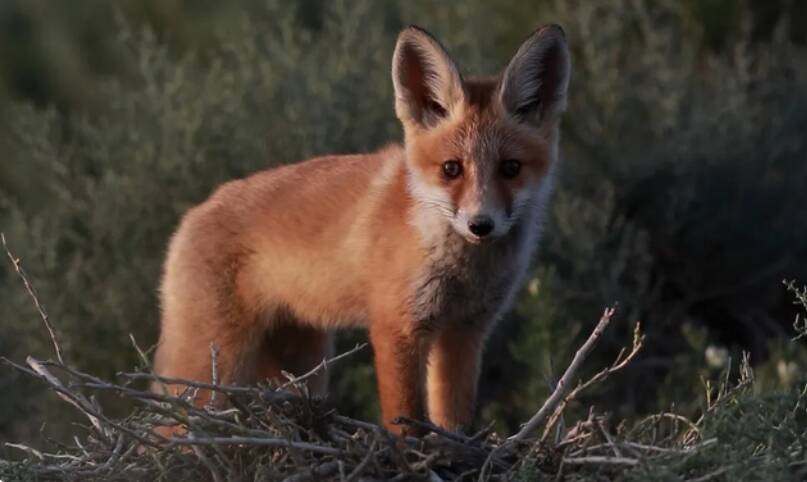
Red fox
Red fox (scientific name: Vulpes vulpes): The fur color varies greatly depending on the season and region. Generally, the back is brown-gray or brown-red, the abdomen is white or yellow-white, the tail tip is white, the back of the ears is black or dark brown, and the black stripes on the outside of the limbs extend to the foot. Males are slightly larger.
Red foxes have well-developed hearing and sense of smell, are cunning, and agile. They like to move alone. They hunt at night. They usually come out at night and sleep in caves during the day. Their long tails can prevent moisture and keep warm, but in remote areas, they sometimes come out during the day to look for food.
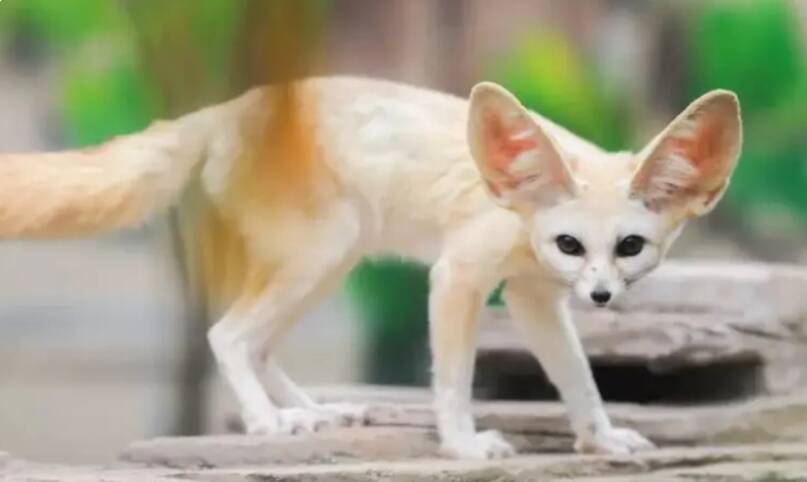
Fennec fox
The Fennec fox (scientific name: Vulpeszerda) is one of the smallest canids in the world, about the size of a kitten. It has fur ranging from creamy white to light yellow, a white belly and a tail with a black tip. In order to protect its feet when walking on the soft tropical sand, its soles are covered with soft hair.
Fennec foxes live in the deserts of northern Africa and West Asia. Their fur, ears and kidneys are adapted to the dry environment of high temperature and lack of water. They usually forage at night and have a wide range of diets, including fruits, seeds, small rodents, birds, eggs, reptiles and insects.
animal tags:
We created this article in conjunction with AI technology, then made sure it was fact-checked and edited by a Animals Top editor.